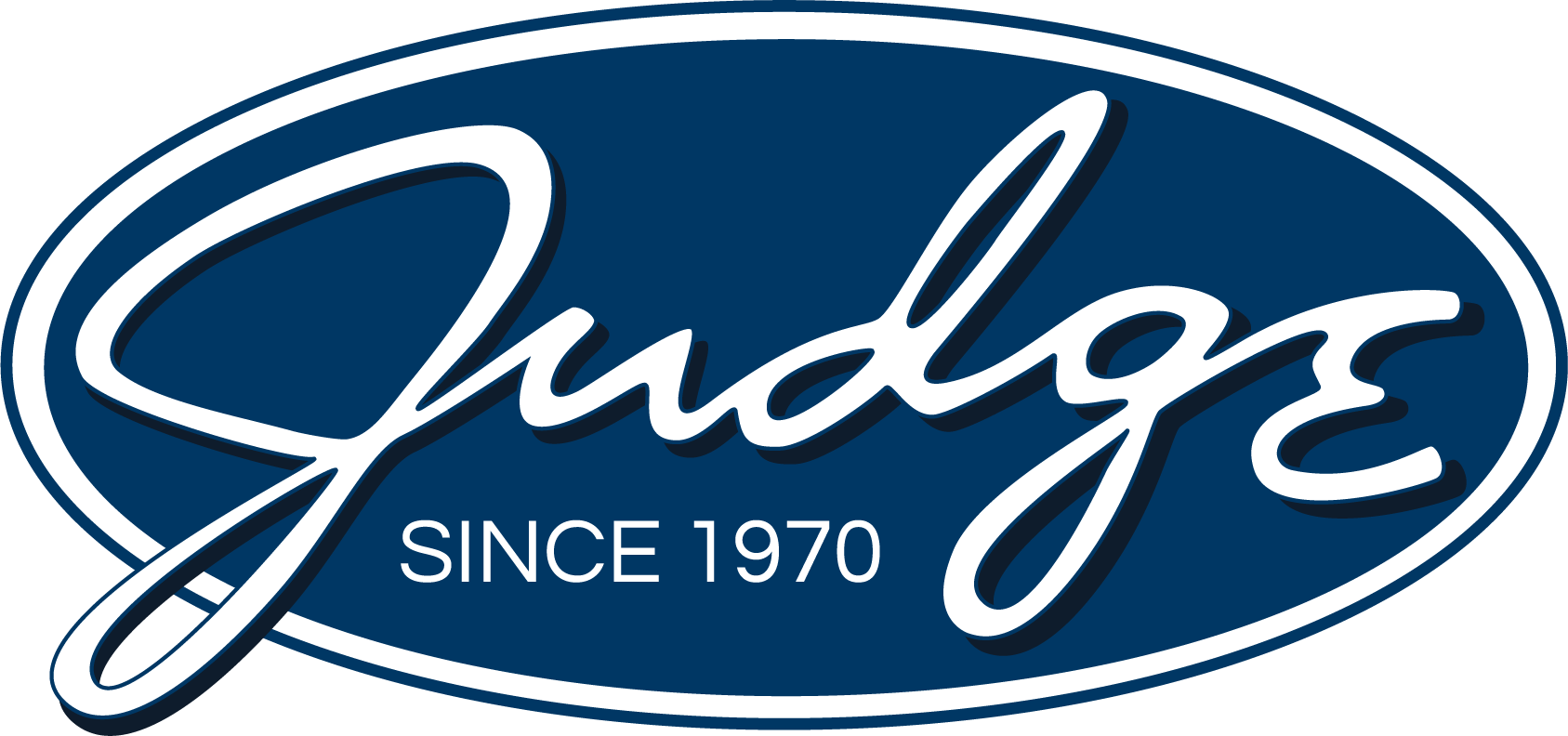Standardizing a Major Home Improvement Company's Operations
Executive Summary
In order to centralize their supply chain, a major home improvement company organized a system of distribution centers, but lacked efficient and standardized operational procedures.
The Challenge: Standardize operating procedures across warehouses
To provide a better customer experience and centralize their supply chain, the company brought the delivery of large appliances in-house via a system of distribution centers. They opened their first warehouses in 2019 and planned to open 100+ more over the next three years. After each of the first six buildings to open operated under its own set of procedures, the company realized they needed to develop standard operating procedures (SOPs) and onboarding to standardize warehouse operations and management.
The Solution: Remote, self-paced standardized training
The company partnered with Judge Learning Solutions (JLS), a division of The Judge Group, to develop strategy, training and supporting documents that would establish SOPs across all 100 MDOs. By taking a an enterprise learning solutions approach, JLS took on task analysis, custom blended learning curriculum development, and assessments to support the nationwide rollout of over 100 warehouses. The process began by conducting a job task analysis of five critical roles the company wanted to focus on. JLS then developed learning roadmaps with prescribed training deliverables for each role forming the foundation for the SOPs by creating a comprehensive, self-paced, blended learning program for training on systems, soft skills, and operations . It was critical for the company that the learning program be self-paced and virtual as the Covid-19 pandemic occurred mid-rollout and employees needed to fulfill the training from their remote locations. Finally, JLS delivered eLearning evaluations and on-the-job checklists for managers to assess the program’s efficacy for its employees.
The Result: Significant savings and increased KPIs
The pandemic could have caused a setback of 2-3 years, had the program been designed differently. However, because the training was self-paced and virtual, the program resulted in cost savings of roughly $250,000 per year from 2020-2022. Since the initial rollout, employees at additional locations have taken the training resulting in higher customer satisfaction and increased employee job confidence.
Related Case Studies
Empowering Real-Time Operational Insights and Reporting with Power BI
The Challenge: Disconnected Data and Manual Reporting Led to Inefficient Operations and Delayed Decision-Making The institution was managing critical operations through multiple platforms, including ServiceNow and Fusion. However, reporting remained highly manual, requiring teams to extract and consolidate data into…

Building a High-Performance Trading Platform for a Global Financial Firm
The Challenge: Overcoming Third-Party Dependencies and Scaling Trading Operations As a part of their digital transformation, the client, a global financial trading firm, was looking to continue to build out their trading systems. They had already worked with Judge Consulting…

Enhancing Efficiency with Managed Capacity Services for Health Payor
The Challenge: Addressing Expertise and Capacity Gaps The organization had recently implemented Salesforce but lacked the in-house expertise to stabilize and enhance the application. With Salesforce being new to its environment, the organization faced challenges in efficiency, capacity, and skill.


